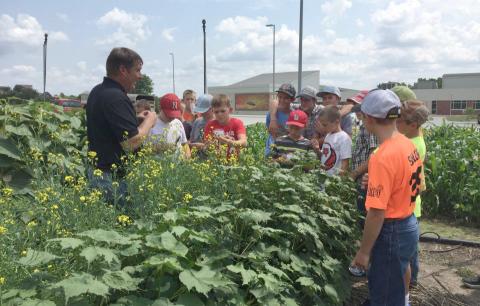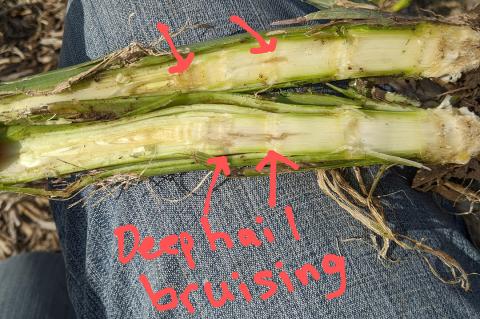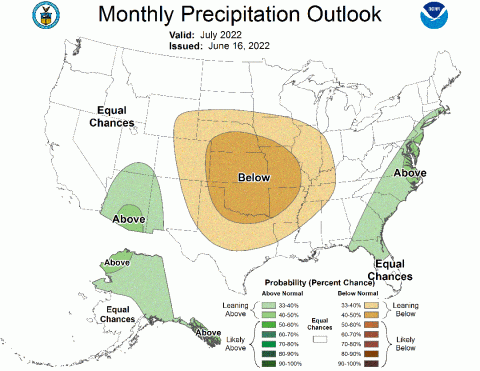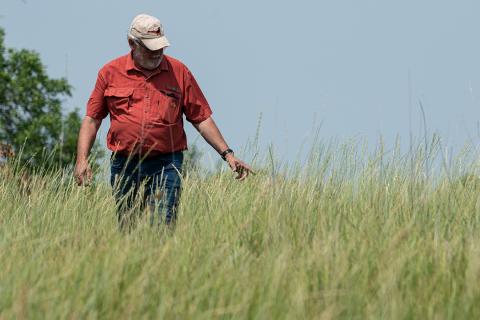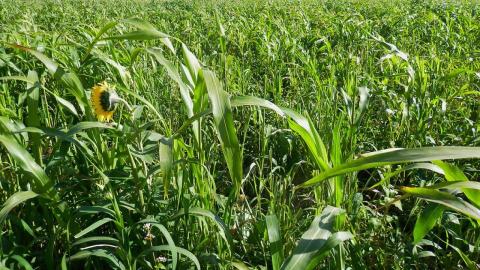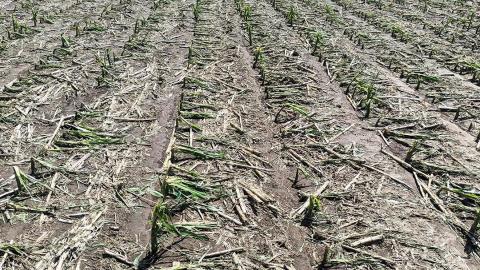Agronomy Youth Field Day Kicks Off July 6
June 28, 2022
Nebraska youth will spend the day immersed in activities to learn more about weed identification, plant growth stages, insect management, using ag tech for irrigation management, and more.
JenREESources Extension Blog: Hail Damage Update
June 24, 2022
Nebraska Extension Educator Jenny Rees shares the latest on hail damage recovery, replant options and other concerns to address while waiting for crop insurance adjusters and fields to dry.
Wheat Disease Update: Overview of the 2022 Growing Season
June 24, 2022
The major factors that have impacted the wheat crop in 2022 are drought-like conditions — especially in western Nebraska, where freeze damage also caused significant injury — hail, and the virus diseases wheat streak mosaic and barley yellow dwarf.
Weekly Agricultural Weather Update — June 22, 2022
June 23, 2022
The current forecast indicates multiple chances for widespread precipitation in western Nebraska during the first part of July, which may slow drought expansion and intensification.
Funding Available for Farmers and Ranchers to Develop Conservation Planning Activities
June 23, 2022
The funding assists Nebraska’s farmers and ranchers in identifying and finding solutions for specific natural resource concerns on their operations.
Weighing Risk and Reward of Annual Forages
June 23, 2022
An influx of prevented plant acres provides freedom for producers to grow annual cover crops to counterbalance current forage prices.
After the Storm: Managing Crop Damage
June 23, 2022
Experts in agronomy and agricultural economics from Nebraska Extension's Hail Know team cover options for dealing with damaged commodities from a production perspective and discuss the role of crop insurance.
Crop Progress: Planting Nearly Complete, Crop Conditions Make Slight Improvement
June 23, 2022
As of June 19, planting season was nearing the end, with sorghum at 95% and dry edible beans at 87%.


